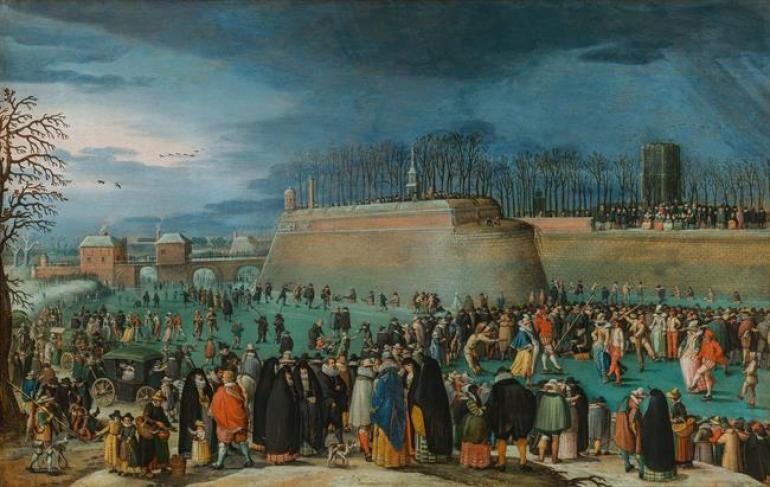
Attributed to Sebastian Vrancx
€ 422.500
Discoveries
This year, the two managing directors are particularly proud of remarkable discoveries they have made in bequests.
Michael Kovacek emphasizes: "We often recognize things in inheritances that the heirs do not even suspect the worth of! We evaluate these properties in line with the market and can thus raise unexpected successes for the heirs."
Three examples from the past auction illustrate this expertise in the imKinsky. For example, a painting by Sebastian Vrancx was discovered in an apartment; the heirs were not aware of owning such a valuable piece. ImKinsky highly valued the painting at 100,000 euros in the auction, but it achieved a far more important 422,500 euros.
Dr. Ernst Ploil explains: "This is the advantage that an auction house can offer. Not only do we help to identify hidden treasures, with us the advantage of discovery only benefits the owner, who can collect the added value.

Fürst von Schwarzburg-Rudolstadt Altar des "Schwarzaer Meisters"
€ 640.000
This was also the case with the altar of the Schwarza Master. Kovacek says: "This is a sensation in the history of art! We estimated the altar around 250,000 euros, but sold it for 640,000 euros!"
The altar would not have come to the Kinsky if the owners had not personally trusted the house and had already worked with it on the basis of legal advice.
The latest discovery coincides – most recently – with the Josef Hoffmann exhibition at the MAK. Kovacek says: "We discovered a watch in an estate; the heirs knew nothing of its value. We rated it highly, but were able to auction it at a much higher price. There was a fierce bidding war – with international parties."
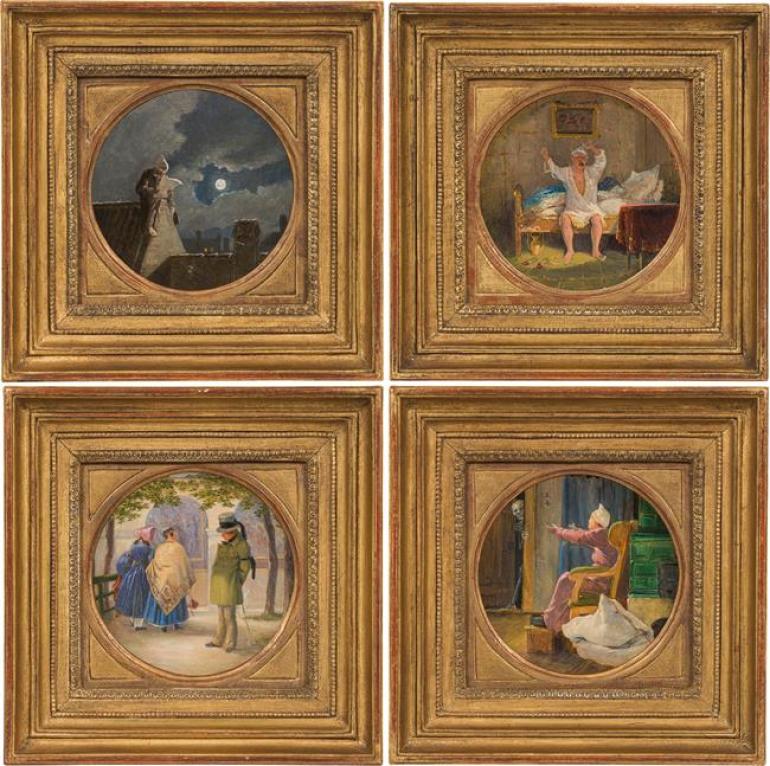
Carl Spitzweg
"Erfahrungen eines älteren Mannes" (vier Rundmedaillons), 1837
€ 115.500
Restrictions
However, the auction house - like every business - was also faced with major challenges due to the pandemic. Kovacek said: "We made ends meet… despite the incredible adversities, it wasn't a bad year overall. The contemporaries went very well as hoped."
Ploil confirms: "We have coped well with the difficulties of this year through a series of internal measures. These included personnel changes, additional emphasis on online bidding, and further digitalisation. We did not have to introduce short-time work, were able to pay all wages and we even increased our staff. All in all, we were able to position ourselves well."
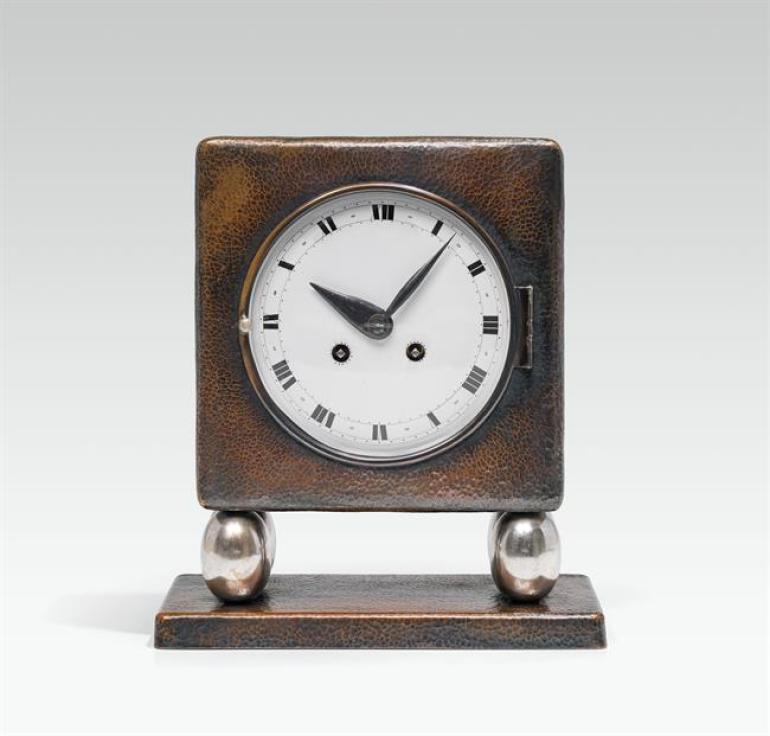
Josef Hoffmann
€ 115.500
Due to the Covid-19 restrictions, the core business of an auction house was limited: namely the auction itself, the bidding in a full hall. There was a lack of the excitement that a bidding competition provokes, the cheering and the applause when the hammer falls.
Kovacek regrets that more people could not be present: "This is really a negative!". Although online bidding balances out the number of bidders, "it can never replace the live experience in the auction house."
According to Kovacek, in order to work in a sparsely populated auction room, "you almost have to have attended acting school to get the auction off to a good start!"
Another problem caused by the pandemic was the difficulty of visiting the exhibition. This was increasingly the case for customers from abroad or the Austrian federal states. However, thanks to years of work with art and art publications, the house enjoys the trust of its customers. Thus, despite this lack of opportunities for viewing, they have bought intensively.
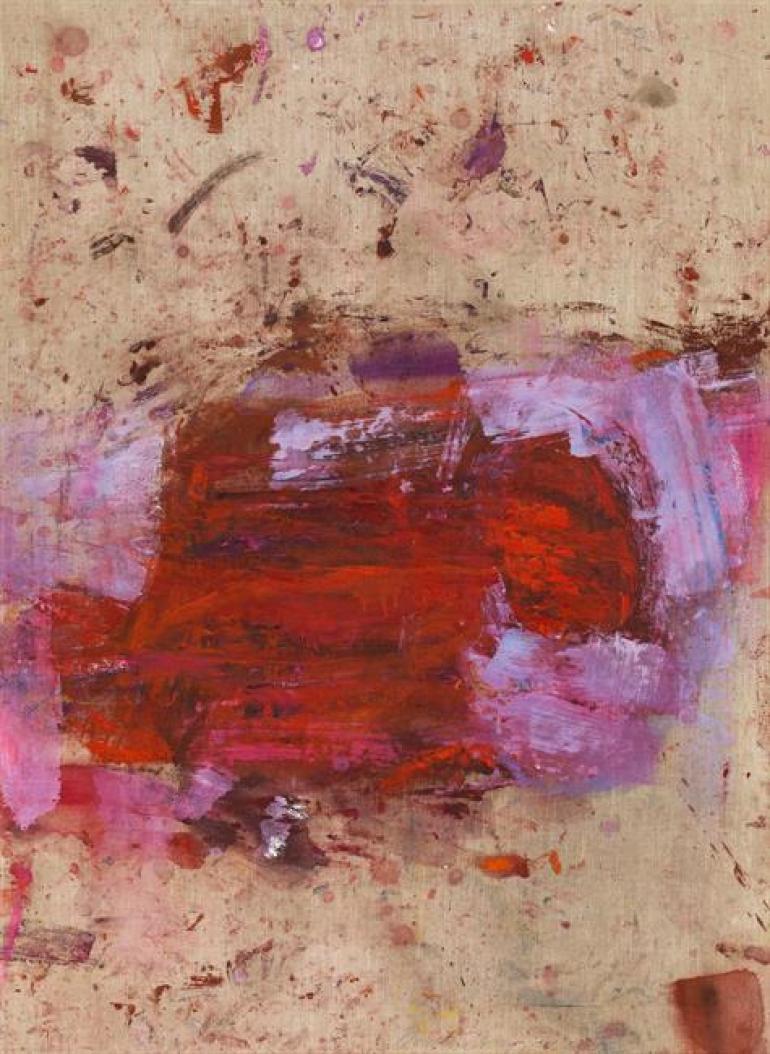
Martha Jungwirth*
€ 197.000
New Audience & Investments
The auction house also noticed a pleasing increase in younger audiences this year. Arriving in a phase of life in which one has situated oneself professionally, art-loving customers want to equip their home with art. Compared to forty to fifty years ago, Kovacek notes a sharp increase in this younger clientele interested in art.
He reflects: "This is certainly due to the increased education, to the museums, to the major exhibitions, to a worldwide collector's activity.
Ploil agrees: "Art has replaced cars or jewels as a visible status symbol. And then there is the general uncertainty and mistrust in the market, the doubt about the stability of money." Coupled with the presence of a lot of capital, there is a flight into real assets.
The company's customers also benefited: "Our focus is on Austrian art. With us you can see well that investing in art is worthwhile. Because the same art that we auctioned off 20 years ago now fetches much higher prices," explains Kovacek.
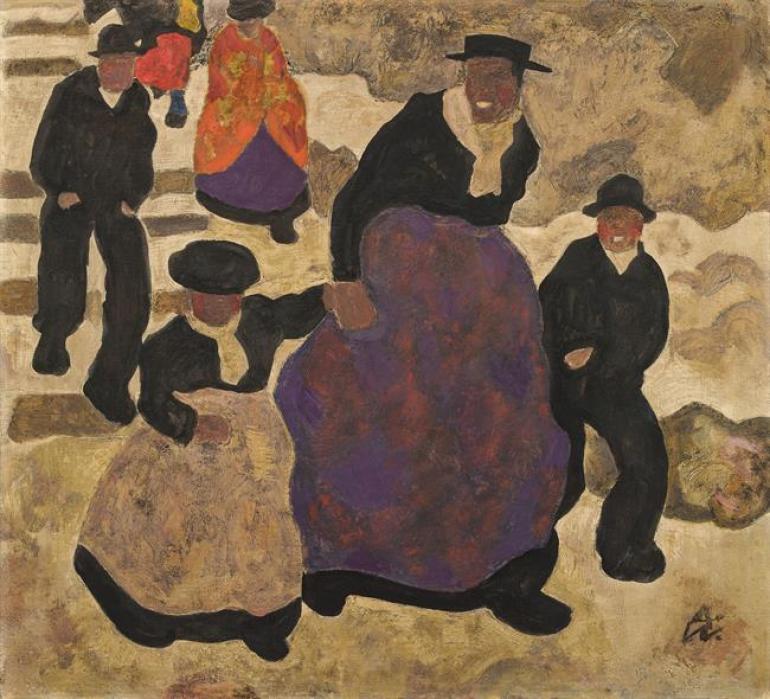
Alfons Walde*
Kirchenstiege, um 1922
Öltempera auf Karton
70 x 75,5 cm
€ 636.000
Turnovers
Of course, the pandemic has also left its mark on the Kinsky. Ploil explains: "Although we could not achieve our best results of the pre-pandemic period, we still came to a turnover of 25 million euros."
In Modern Art, almost 70% of the exhibits were sold.
Overall, the distribution of sales across the divisions remained almost the same. In Kinsky, this means that the paintings of the 19th century, the antiques, the Old Masters and Art Nouveau achieve more or less similar results. Contemporary Art and Modern Art, however, are competing for first place at a much higher level. This year, however, there was a total draw between these two divisions; both were very strong. (Alexandra Markl)
